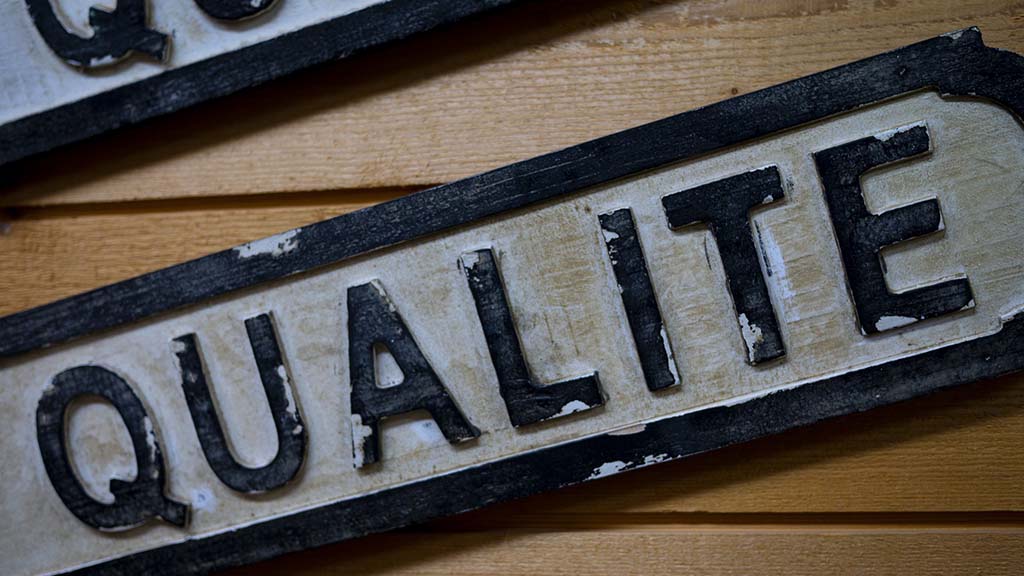How to draft a SOP

One of the essential elements to manage a risk of non conformity with the regulation inside a company are corporate procedures, also said SOPs (Standard Operating Procedures), that begin with the definition of corporate processes and describe their management.
According to the regulation ISO 9001:2015, a process is a set of related activities transforming inputs into outputs.
This norm establishes that corporate processes are measurable and can be monitored in time, by using key performance indicators.
Processes usually involves more corporate functions and their activities are coordinated via an information flow (work flow).
The coordination of the various corporate organs and the flow of the activities is actually formalized in the form of procedures.
Procedures are, therefore, a detailed description of how a step of the process should be carried out, are often referred to single functions, and consist in a set of repetitive, sequential, activities aimed at achieving a given result.
What are procedures used for?
Procedures allow the repetition of some tasks always in the same way, offering a certainty that those predefined ways are the best because they have been demonstrated.
In practice, a procedure should define the best way to carry out a given operation. The compliance with the procedure leads to an assurance of the quality standard and, above all, to its repeatability.
The essential characteristic of a procedure is that it is shared; each procedure should be disseminated inside the corporate organisation and should be clear and simple, in order to be followed by its recipients, regardless the level of expertise.
An essential condition for a procedure to be drafted correctly and for it to be useful is the mapping and standardization of processes, that should be the goal of any organisation.
Usually, procedures should not be too many but not even too few. When there are too many procedures, materials to be consulted are very often not used because they might be hidden in who knows which information records, or they are not updated and above all, are very chaotic.
A good starting point not to make such mistake is to define at the beginning of the corporate activity which are the essential procedure and why.
Procedures should comply with the sector laws and regulations, should be clear and well-defined, and for this reason they should be drafted following relevant lines in order to present as simply as possible the different tasks to be performed and the various rules to be complied with.
Moreover, when writing procedures, it is always better to start with the simpler tasks and continue to those that are more complex.
Other essential issues in the wide field of application of the SOPs include their dissemination, a conformation that they have been understood, continuously updated and made available to the staff (including their filing in the corporate records).
The Good Manufacturing Practice
This concept is very easy to understand for the manufacturing world, especially in the pharmaceutical sector that has been regulated by Good Manufacturing Practice (GMP) for decades.
This is a set of rules and procedures that each company manufacturing drugs should comply with to ensure that the manufactured products are of appropriate quality. These guidelines clearly indicate the written procedures that are mandatory.
On the contrary, for a long time, MA holders felt they were authorised to not have a quality system and a minimum set of procedures, as they were not obliged by any existing norm.
Now, however, these subjects have been forced to do so, partly because of the progress of the GVP (Good Pharmacovigilance Practice), partly because of regulatory needs imposing a suitable management of some critical processes such as complaints, market recalls, free samples, medical information, etc.
In the para pharmaceutical sphere (for products such as medical devices, cosmetics, food supplements and foods) it is also very important to have a management based on a procedural system, and for this reason specific ISO norms have been created defining such systems.
Although being, for their very definition, voluntary procedures, they are becoming more and more cogent in the usual practice as they are used both by inspectors and clients as a base for audits carried out by authorities or for the supplier’s qualification.
Written By: Michela Tonci
Foto di Gutife da Pixabay





